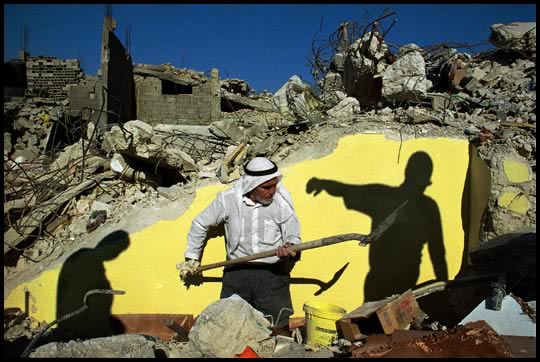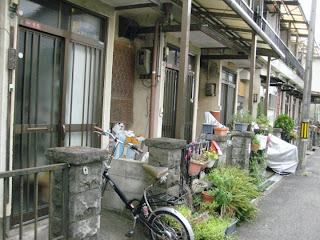I was really amazed when I saw her house that seriously was a miniaturized Disney land.
I like that culture in a way that it tells you a lot about the person without sharing any words. I also appreciate the fact that this kawai gadgets give a tender and human and cute touch to every household, train station,school, hospital and wait for it.....prison.yes prison;) I visited a Japanese prison two weeks ago and the first impression I had after entering it was that it looks more like a high school than like a prison and that's mainly due to the presence of colorful pictures and gadgets at the entrance of this "kawaii" prison.
I also believe that by embarrassing the kawai culture the Japanese girls want to distinguish them selves from the mass especially after spending 12 years of their lives wearing standarized school wear.
The hugeeconomy behind the Kawii culture is very flourished. The profits of Sanrio Corporation, the creators of Hello Kitty are exponentially increasing. Their products are now spread worldwide and Sanrio Coporation reaps approximatively 3 billion dollars annually. Therefore the Japaneese Kawaii culture is a representation of how consumerism can introduce new social proctices in a very conservatist milieu.

Finally I believe that the Japanese kawai culture have spread worldwide and Pokemon, and hello kitty characters are found in the most remote aereas of the globe. However can we start considerating the Japaneese kawai culture as the new global word trendy pop culture?
The three pictures were taken from:











